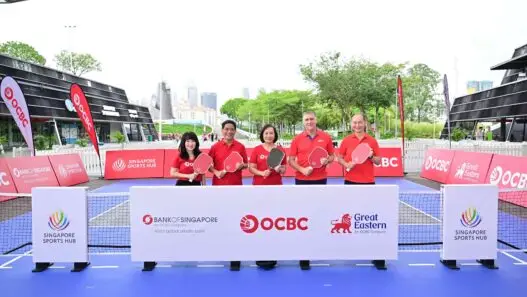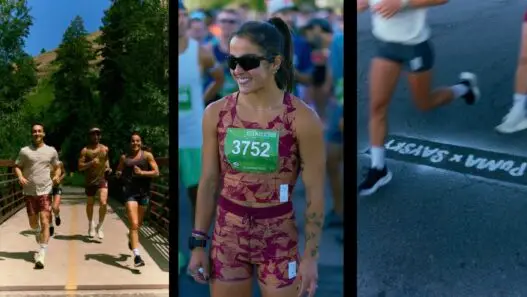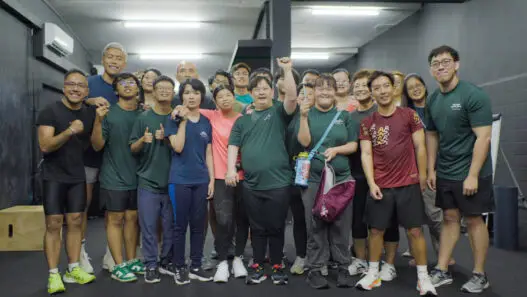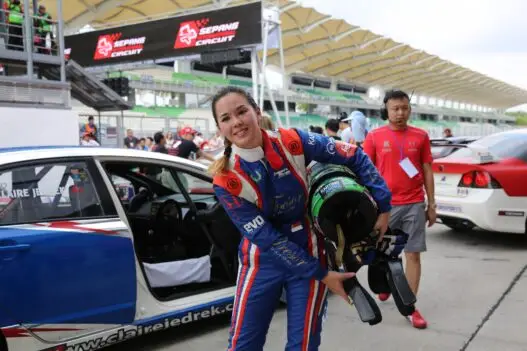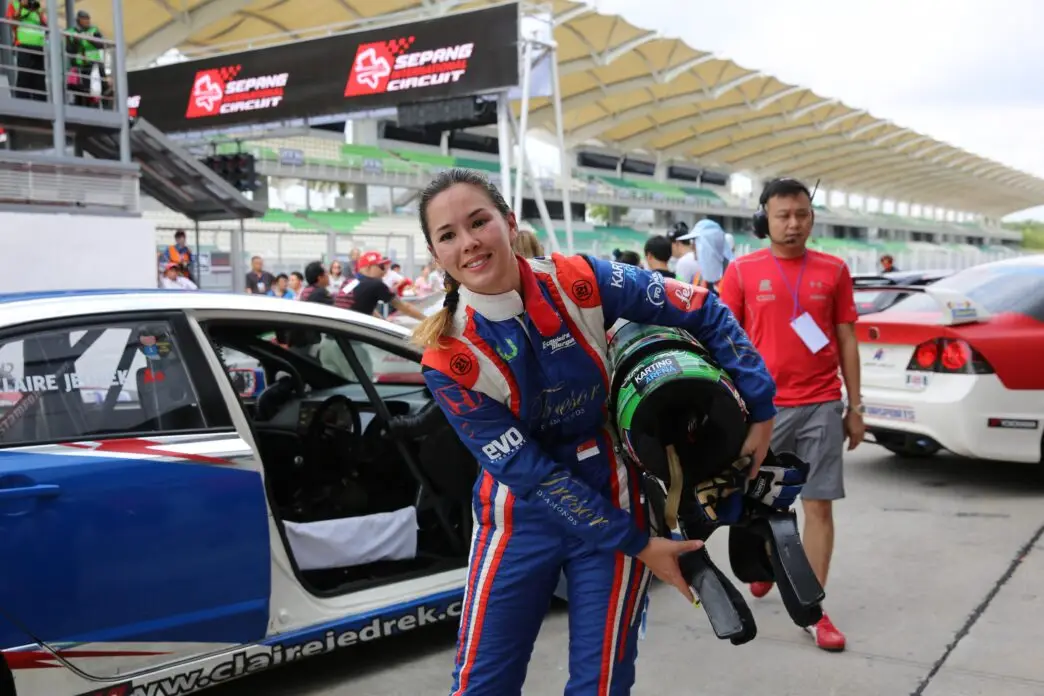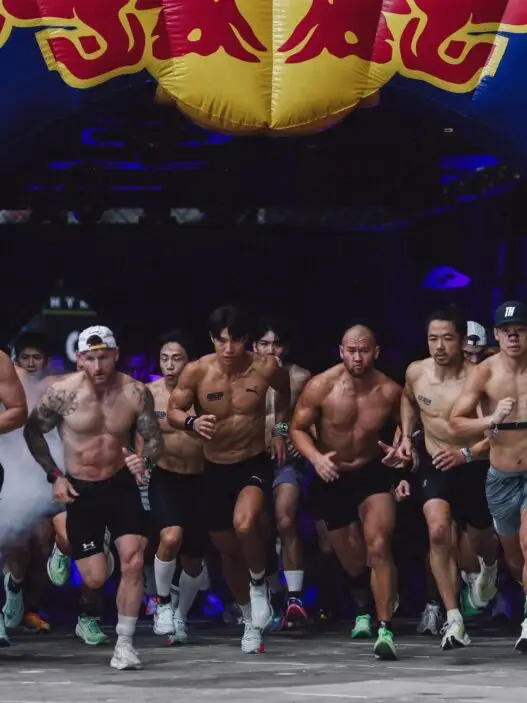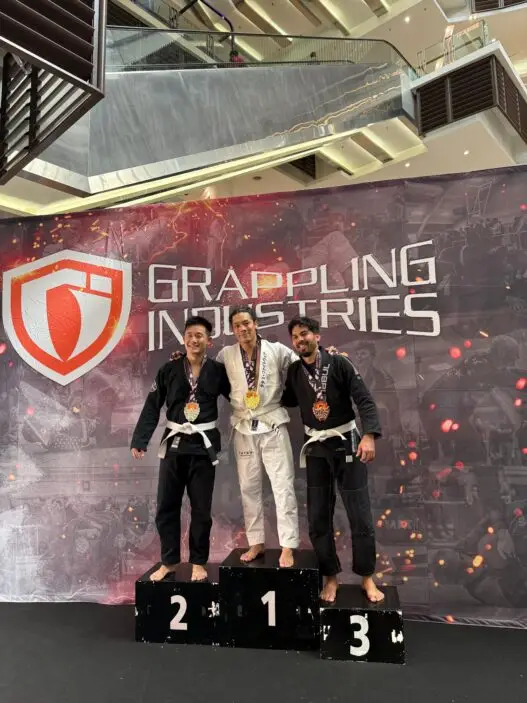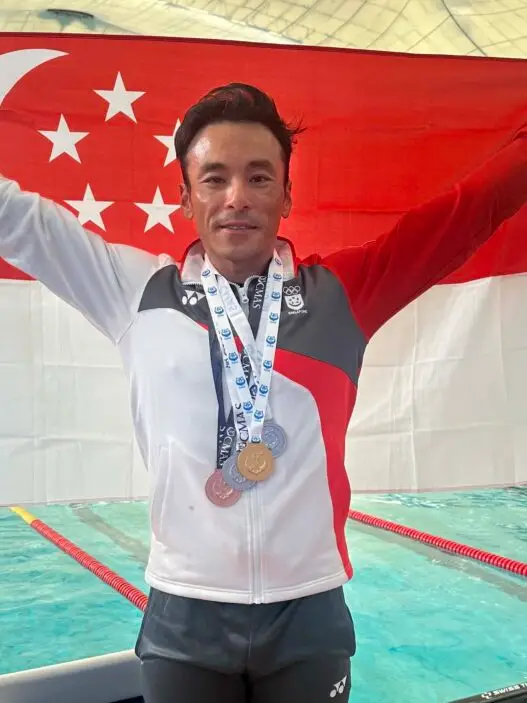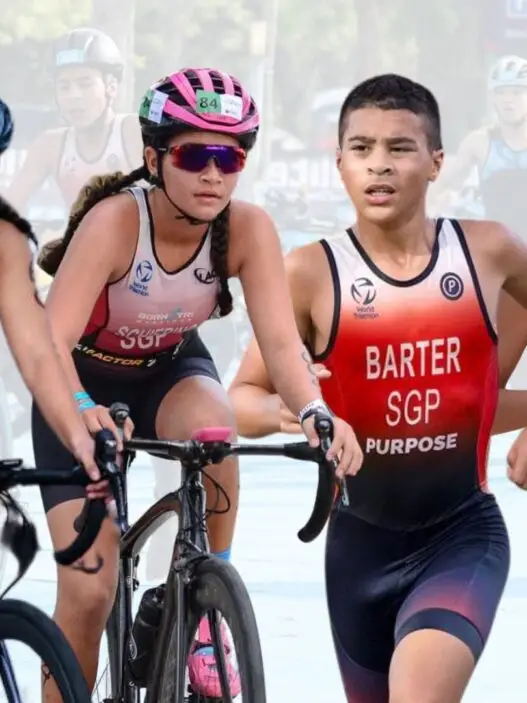Results may put athletes on the scoreboard, but it’s their personal brand that often secures sponsorships. In an era where companies want more than podium finishes, they’re looking for personalities who embody values, communicate clearly, and resonate with audiences.
Presenter and host Claire Jedrek understands this shift well. “You may not be the best athlete, but you may be the most marketable. Being a podium-placed athlete does not guarantee you any sponsorship,” she said.
A former motorsport racer with two decades of experience in international media, she has built teams, mentored athletes, and worked alongside sponsors who are looking for more than just performance stats. What stands out, she says, is the power of storytelling – when athletes can translate their experiences into narratives about resilience, leadership, or community, they create value that resonates far beyond the podium.
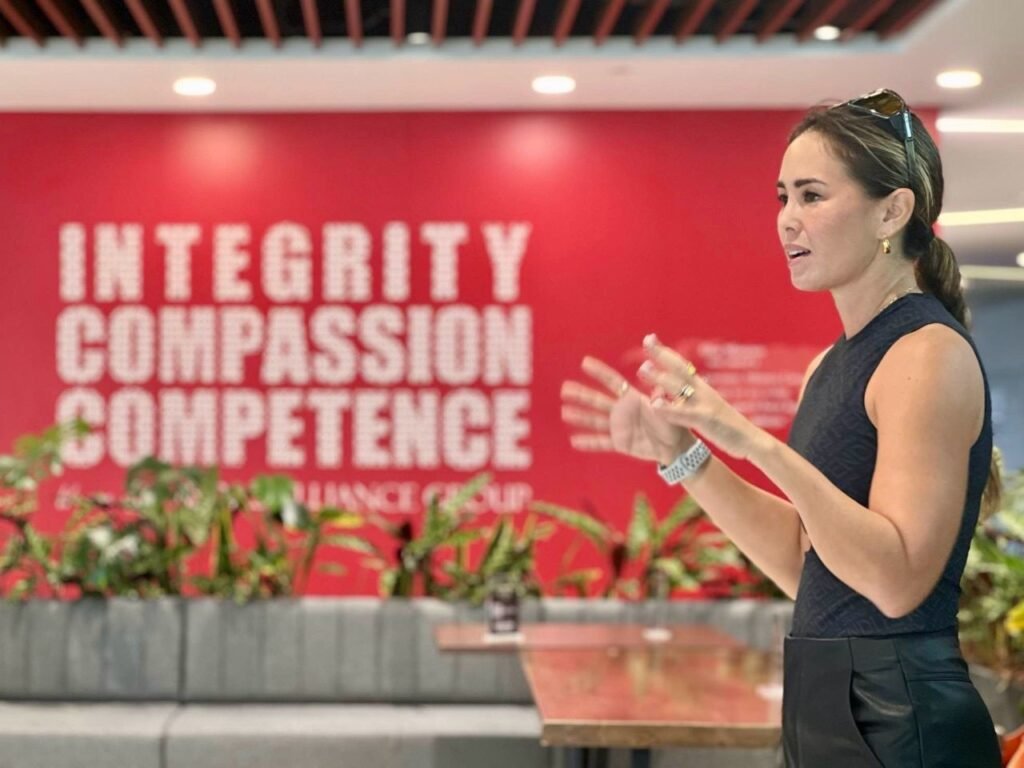
“Athletes need to take ownership of their brand. Athletes cannot sit around waiting for handouts like an expectation or entitlement. If you are hungry, you must find a way. This is mental shift that needs to be worked on,” she stresses. Choosing an angle, defining your message, and staying consistent across platforms builds trust – the foundation of any long-term partnership.
Branding, Jedrek shares, is not about being flashy. It’s about the basics that reflect reputation – showing up on time, saying thank you, treating every interaction with respect. It’s also about being intentional in how you communicate, whether through the tone of your social media posts, the visuals you choose to represent yourself, or even the conversations you have at events. Each detail signals to sponsors the kind of athlete you are and the values you carry.
In her eyes, personal branding isn’t a luxury for later, it’s a necessity now. And with the tools available today, from LinkedIn networking to accessible design and AI support, athletes have more opportunities than ever to shape the way the world sees them.
Here are 10 personal branding tips from Jedrek:
1. Don’t dilute who you are.
Don’t be afraid to say no to things that don’t fit your brand. Trying to reach more demographics by constantly changing your core values can weaken your personal brand and make you less memorable and create confusion. Choose an angle, develop it, focus the message.
2. Reputation is a big part of your branding.
It reflects how others perceive you, it 100% influences trust and credibility, and ultimately determines the longevity of your personal and professional presence. I always think of the basics, be on time, always say your please and thank you’s.
3. Your communication reflects on you.
How and where you communicate can influence the type of work or clients you receive. Communication includes everything from tone, style, speed of speech, the way you dress, the way you act, how you curate (or don’t) presentations, socials.
4. Don’t reinvent the creativity wheel.
When starting out, cut time and research successful brands and industry leaders to understand what works, then identify your unique angle. Build on proven strategies then add your personal touch.
5. Work on getting rid of the excuses you give yourself.
One we hear too often, “I have no time or finances to build a brand” Use technology and the tools around you. Information is for free. AI can (re)write for you a biography and deck in 10 seconds with key words.
6. Make networking worth your time.
Going to endless events and staying in your safety net circles does not further any objectives to make you stand out. Make it an objective to meet one new person at events. Ask to be introduced or introduce yourself.
7. Get on LinkedIN ASAP.
Connecting and finding your network virtually if you can’t be there (or the energy) physically is just as important. Strategising who can see your content and bio is easier than you think. Share about projects, content, ideas. Connect and gain knowledge from others in the same industry.
8. It’s a must to invest in good visuals.
Whether it be for your socials, presentations, pitches, sponsorships or CVs . Not everyone can hire photographers with them 24/7. But if you are at an event, be willing to take photos when a photographer offers and ask them or the organisers if they can share the photos or videos after, they usually always say yes.
9. Have a clear message.
Everyone has to be able to easily understand your message – who you are, what you do; these should be portrayed in a clear, simple way. Don’t use fluffy, big words. The clearer the message is, the easier to build trust and make your message stronger.
10. Consistency is key.
The way you present your message may look different on various platforms, but make sure your core message, tone, and values stay the same everywhere. Be consistent on strategy, content posting and even reply consistently to comments and messages in your style.


